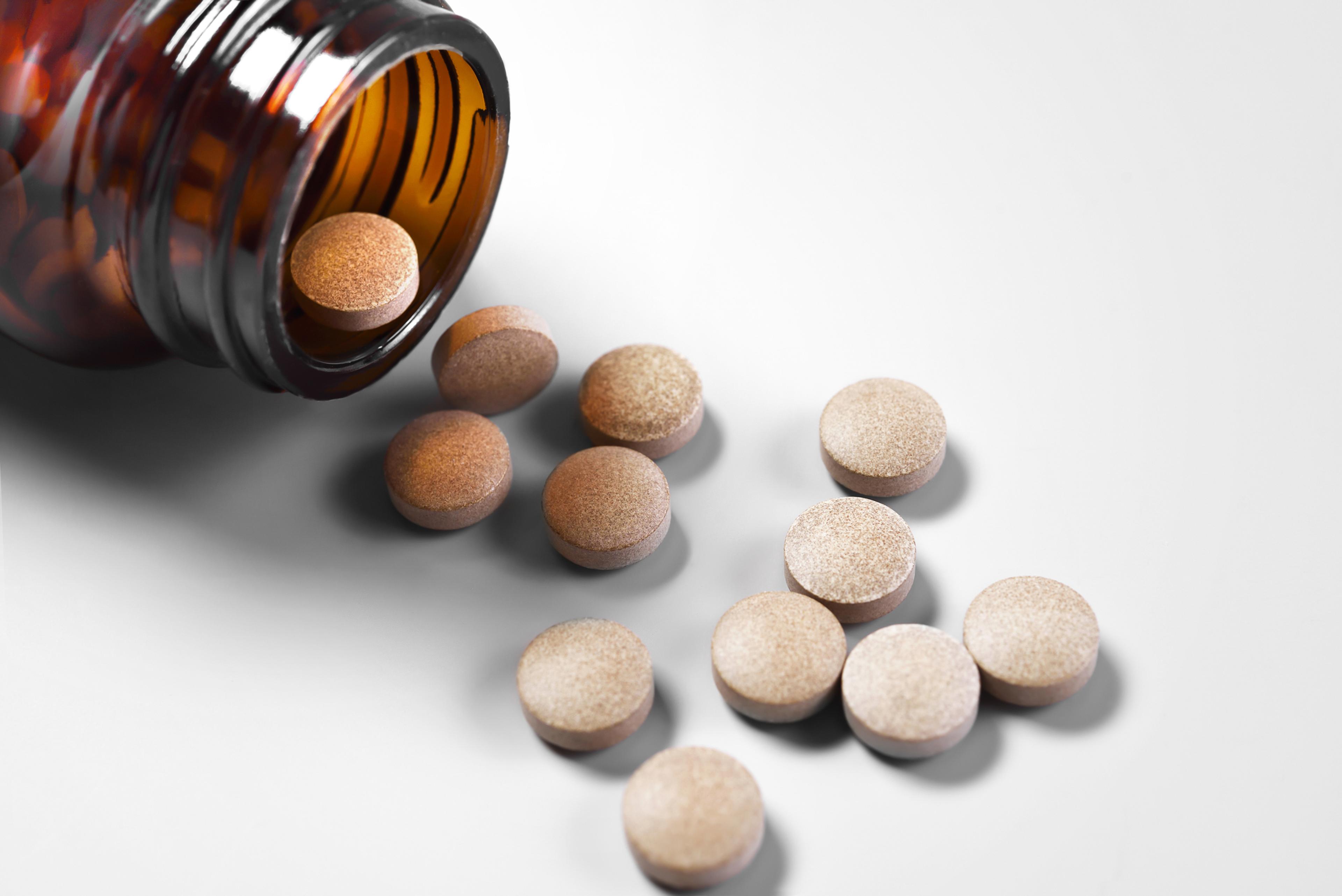Can I Have Too Much Iron? Understanding Hemochromatosis

Lindsay Knake
| 2 min read
Lindsay Knake is a brand journalist for Blue Cross Blue Shield of Michigan.

Your body needs iron to function. Iron is an essential part of hemoglobin, a protein in red blood cells that carry oxygen throughout your body. Iron also is part of a healthy immune system.
Having low or elevated levels of iron can cause serious health problems. When you have too much iron, this can lead to a condition called hemochromatosis. This is a genetic condition that causes your body to absorb too much iron from your food, which can accumulate in organs such as your heart or liver and can cause life-threatening health problems.
Symptoms of hemochromatosis include:
- Abdominal pain
- Bronze or gray skin color
- Diabetes
- Fatigue
- Heart failure
- Joint pain
- Liver disease
- Memory fog
- Weakness
People can have excess iron in their body for years with no symptoms, and the condition may be found in a regular blood panel, according to the Mayo Clinic.
In some people, untreated hemochromatosis can lead to organ damage, organ failure and diseases including:
- Cirrhosis of the liver, or permanent scarring of the liver that increases risk of liver cancer and other life-threatening conditions.
- Heart problems such as congestive heart failure or arrhythmias.
What causes hemochromatosis?
Hemochromatosis is most often hereditary, caused by changes to a gene that manages how much iron your body absorbs.
Another type of hemochromatosis is juvenile hemochromatosis, which refers to when hemochromatosis begins in childhood, adolescence or early adulthood from age 15 to 30.
How is hemochromatosis treated?
See your physician if you show symptoms of hemochromatosis. A blood test will show if you have too much iron in your blood or liver.
For those with hemochromatosis, regularly removing blood, or phlebotomy, is a common treatment. After iron levels have dropped to healthy levels, your doctor may do this procedure once every few months. If someone cannot undergo phlebotomy, there are medications to remove iron.
Anyone with hemochromatosis may need to watch their diet and avoid regularly eating foods that are high in iron.
Blue Cross Blue Shield of Michigan and Blue Care Network members can find a doctor near them by using the Find a Doctor tool, available on both bcbsm.com and the BCBSM mobile app.
Image: Getty images
Related:





